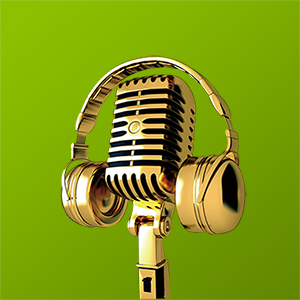
Tuesday Jan 29, 2008
The Singing Revolution
1.) In this revolution, the people from the Baltic States used non-violent methods to express their frustrations. It started in Estonia at summer time on summer 1987, when over 10,000 Estonians gathered in the Tallinn Song Festival Grounds each night and sang national songs of their country which were forbidden by the rules in the Soviet. Why they only sang songs to protest was because in the Baltic States singing was a strong uniting force, after World War II when the Soviet Russians invasion. When the People from Lithuania and Latvia joined forces, around two million people joined their hands together and formed a long human chain which was over 600 kilometers long. This occurred in August 23 1989, called the Baltic way which became the peak of the Singing Revolution. 2.) Not only the Singing Revolution is similar to the People Power Revolution by being a non-violent revolution, there are other parts of the events that are similar. In the People Power Revolution, there was an event where there was army tanks sent to stop the revolution, although it was stopped from the people protesting against the government but without any blood shed. Same in the Singing Revolution, there were tanks sent from Soviet Russia to stop the people of the Baltic States but was also stopped like in the People Power revolution. 3.) The eventual outcome of the Singing revolution was that on 20th August 1991 Estonian politicians declared the nation’s independence even as Soviet tanks were rolling through the countryside to quell the movement. Estonia became better due to the revolution because they became free from Soviet Union. 4.) I believe that this revolution was justified, because the people from the Baltic States had the right to be free. They didn’t have to be conquered by Russia forever, and they have their own pride for their country. They already suffered from World War II when they were first invaded by the Russians. I do not think there are other methods that would have worked to make this revolution better than it already was. Songs already kept the Baltic States united, and because of that in the end it made the success to the Singing Revolution. 5.) The Singing Revolution doesn’t follow Crane Brinton’s Stages of Revolution because in Symptoms it says the middle class loudly expresses its anger but in the Singing Revolution, they were more of a peace-loving people. In the Rising Fever, it says that the uprising culminates in a climatic battle, and the moderates, or political center then forms a new government but there weren’t any climatic battles and no new government was formed in the Singing Revolution. In Crisis, it says that there is a lot of violence and the revolution is fragile but the Singing revolution was a bloodless and peaceful revolution and it wasn’t fragile because nearly 300,000 of people had joined and supported it. Lastly, in Convalescence, it says that the moderates are generally granted amnesty while the radicals are punished but in the Singing Revolution, there weren’t any moderates and radicals. Bilbliography Web Page: "Singing Revolution." Wikipedia. 28 Jan 2008 . "The Sound of Freedom...." Estonian Singing Revolution/ Tallinn Life . 28 Jan 2008 .
No comments yet. Be the first to say something!